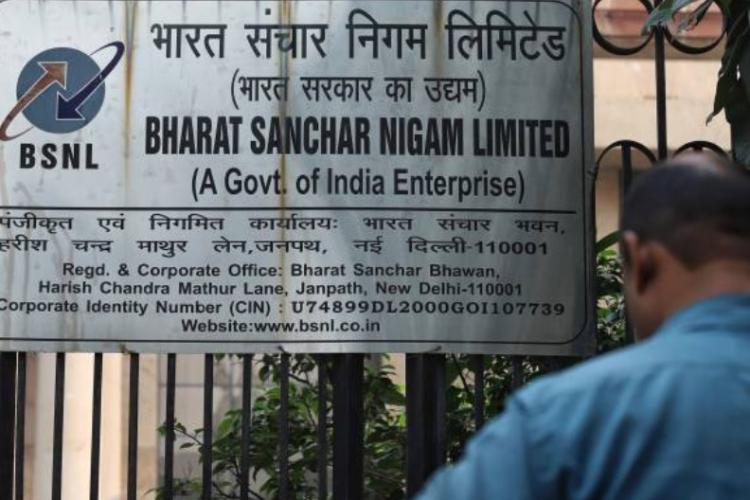BSNL, MTNL revival: Once the undisputed voice of Indian telephony, Bharat Sanchar Nigam Ltd and its Delhi- and Mumbai-focused cousin Mahanagar Telephone Nigam Ltd are today fighting for life in a market carved up by Bharti Airtel and Reliance Jio. The government now wants to pull the two public-sector telcos back from the brink, hoping that their revival will check the emerging private duopoly and restore a measure of competitive balance to the sector.
The department of telecommunications has again asked the finance ministry to waive part of MTNL’s Rs 8,416 crore debt. North Block rebuffed the idea in February, arguing that the company sits on prime real estate in Delhi and Mumbai yet lacks a credible plan to monetise it. The ministry is willing to talk only after DoT tables a clear asset-sale roadmap.
READ | FDI crash exposes India’s capital flight risk
PSUs stuck in time warp
Such impatience is understandable: successive rescue packages—and talk of folding MTNL into BSNL—have failed to halt the decline. Transferring operations rather than merging the entities spared the government the pain of delisting MTNL, but the outcome is the same: two loss-making carriers stuck in a vicious circle of under-investment and shrinking market share.
A decade ago, Bharat Sanchar Nigam’s footprint stretched from Ladakh to Lakshadweep; today the company trails far behind its nimble, deep-pocketed rivals. While Airtel and Jio raced to roll out 5G, BSNL had yet to finish lighting up 4G at 1 lakh sites. Marketing budgets told the same story: aggressive private-sector advertising steadily eroded the public sector’s subscriber base.
BSNL-MTNL finances a big worry
Finances have deteriorated in tandem. MTNL’s EBITDA loss widened to Rs 128 crore in Q3 FY25, even as it scraped together only Rs 2,393 crore from selling surplus real estate, towers and fibre over the past five years. Bharat Sanchar Nigam managed to turn a modest profit last year, thanks to double-digit growth in mobility, fibre-to-the-home and leased-line revenue, plus government-funded capital infusion and lower finance costs. Yet that uptick is hardly a turnaround.
Why, then, does the government persist? Rural connectivity is one reason. BSNL remains the only operator willing—and in many places able—to keep remote India online, underpinning everything from e-government services to emergency communications. Policymakers also see strategic value: the two PSUs provide a fall-back network should private systems fail.
The latest revival blueprint leans on India’s home-grown telecom stack, which BSNL is deploying for 4G and upgrade-ready 5G at more than 80,000 sites. The government hopes the indigenous technology can mature into an exportable alternative to Western and Chinese gear, while giving Bharat Sanchar Nigam a cost advantage at home. The company has set itself an ambitious target of reclaiming 25 per cent of the mobile market next year.
PSU telcos’ struggle for survival
That will require drastic surgery. High wage bills, creaking processes and slow decision-making still cripple both firms. Analysts warn that without a radical overhaul—aggressive cost-cutting, swift nationwide 4G/5G roll-out and genuinely competitive tariffs—talk of a renaissance is wishful thinking. Some suggest recasting Bharat Sanchar Nigam as an R&D-led operator focused on next-generation networks and enterprise services. Others propose carving out assets and inviting private talent on performance-linked contracts.
MTNL’s future is even cloudier. With operations already under BSNL’s wing and little beyond land to leverage, its best hope lies in niche segments: high-density enterprise corridors in Delhi and Mumbai, or public-sector connectivity projects where private players hesitate.
Can the two carriers reclaim past glory? Unlikely. But if the government can impose commercial discipline, monetise dead assets and lean on indigenous technology, BSNL—and to a lesser extent MTNL—might yet secure a modest, strategically useful slice of India’s fast-growing telecom pie. The alternative is a hardened Airtel-Jio duopoly—an outcome policymakers, consumers and even the private sector should view with caution.

